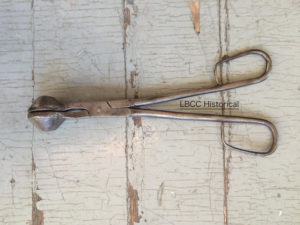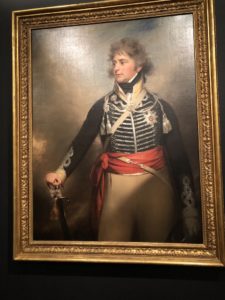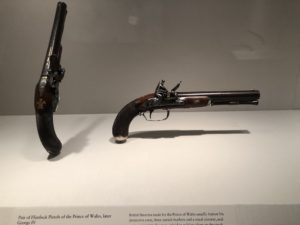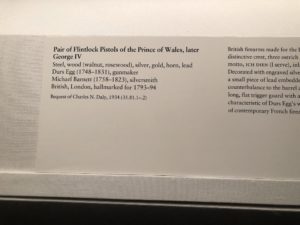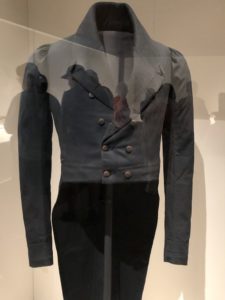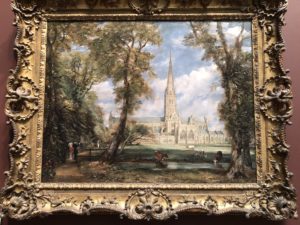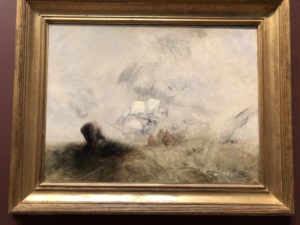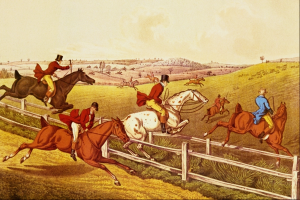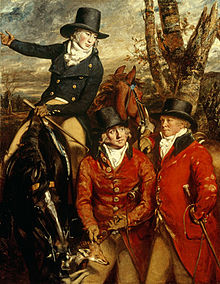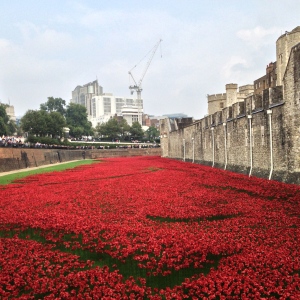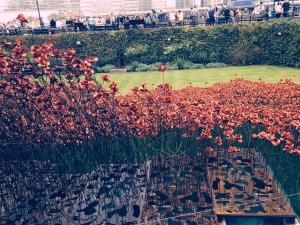The last great house we visited on my friend Kristine Hughes Patrone‘s Number One London Tours Lake District tour was Tatton Hall.
Tatton Park is a historic estate in Cheshire, England, that had been in the Egerton family from 1598 to 1958 when the Last Lord Egerton left it to the National Trust. At its largest, the estate covered 251,000 acres. The present Tatton Hall was built in 1716, with improvements made from the 1770s to 1816 resulting in the neoclassical mansion much as it appears now. Other additions were made in the late 1800s.
As a neoclassical historic house, Tatton Hall is a beautiful example with a gorgeous interior, furnishings, and artwork. Its gardens are extensive and indescribably beautiful, but another unique feature of the house is the preservation of its cellars. Even though there are some modern improvements, Tatton Hall’s cellars give us a peek of what life might be like for the regency era servants who kept such great houses operating.
The servant’s stairs
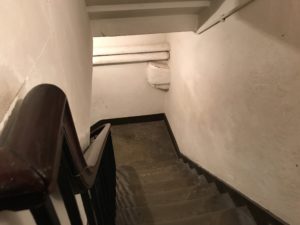
A hallway

Another hallway with fire buckets hanging
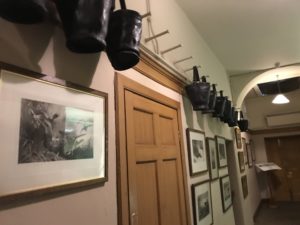
Rails on the floor upon which items could be moved quickly

Wine cellar

Beer cellar
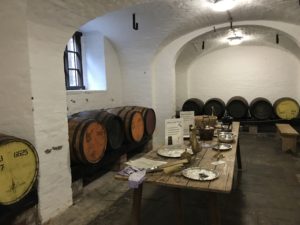
Still room

Dairy room (those are cheeses)

Spice room

Salt room (where they salted and stored meat)
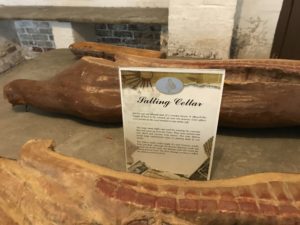
Copper kitchen molds and utensils
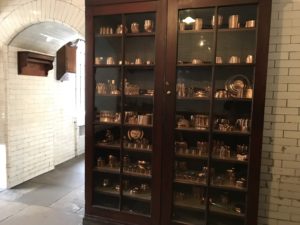
China closet

Housekeeper’s room

And, to end, an amusing sign that was above stairs
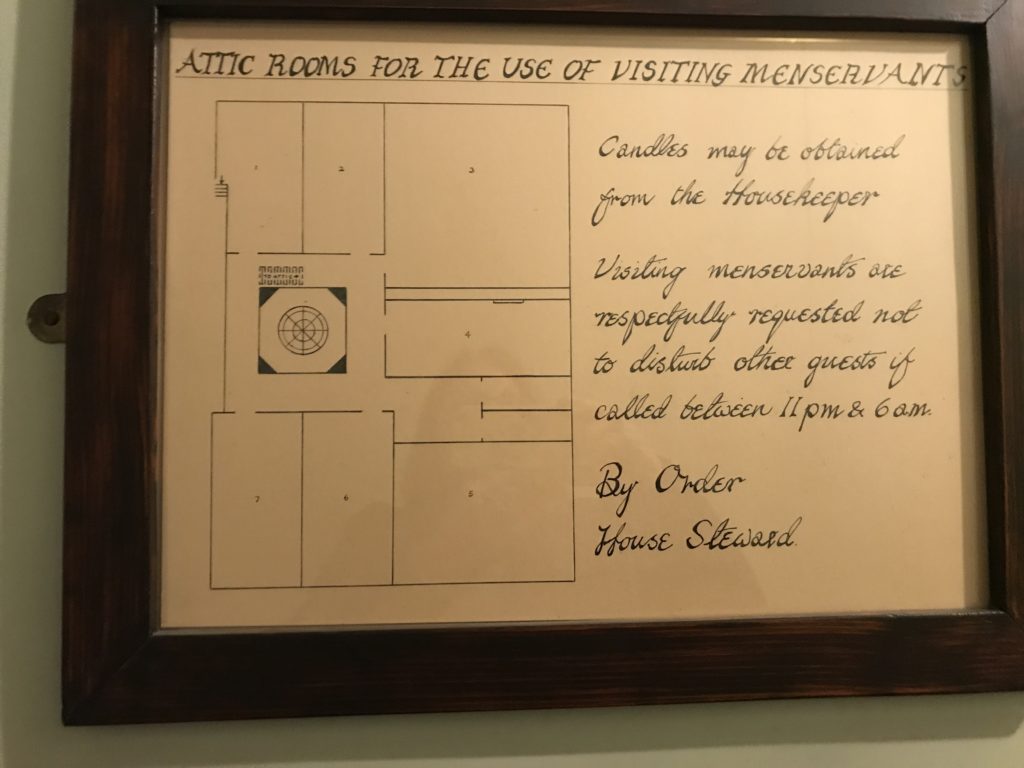
Have you seen other good examples of life below the stairs? Tell us where!

